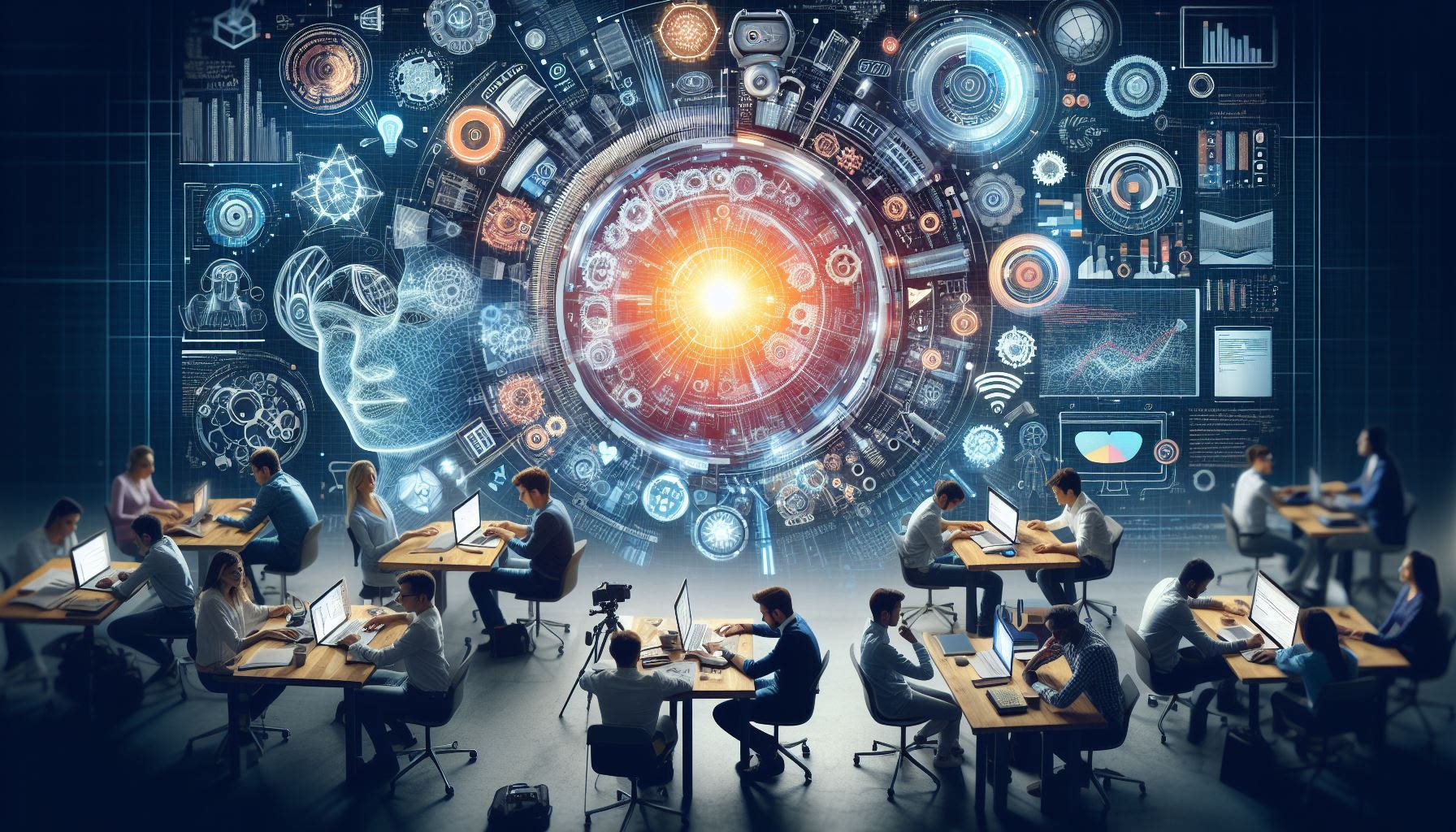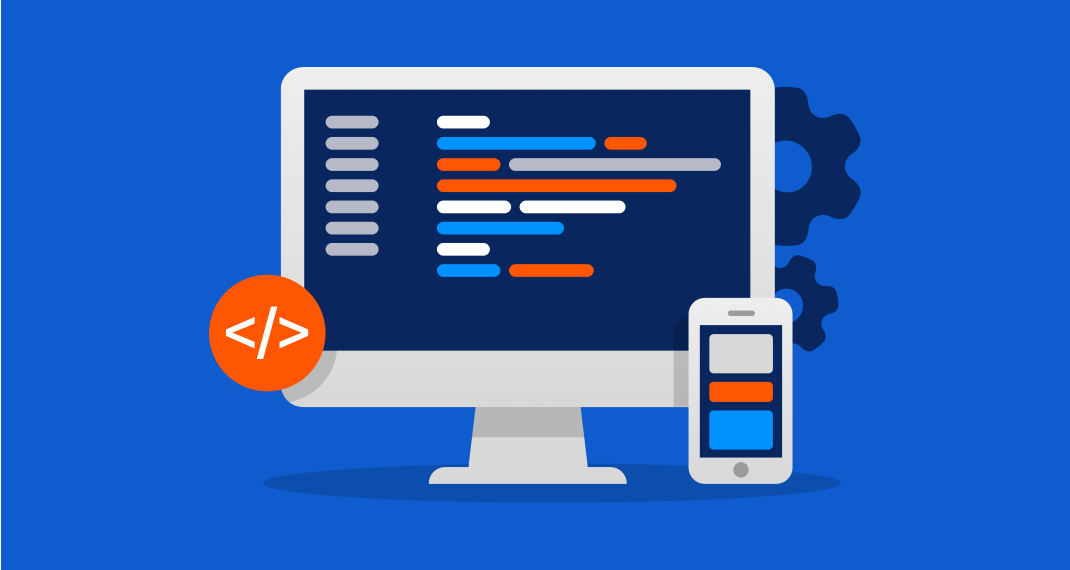
Course Type: Open course
Course Category: Aided
Course Outcome
• Understand the basic working of Internet and its main services.
• Know various features, advantages and disadvantages of internet.
• Learn to create blogs.
• Understand how internet can be used in teaching and learning.
• Acquire knowledge about Cyber Crime and the facilities for secure use of
computers.
• Learn the causes, symptoms and prevention of cyber addiction.
Unit I (12 hrs.)
The Internet, TCP/IP, IP Addressing, Client Server Communication, Intranet, WWW, Web
Browser and Web Server, Hyperlinks, URLs, Electronic mail.
Unit II (16 hrs.)
Internet as a knowledge repository, academic search techniques, creating cyber presence.
Academic
websites, open access initiatives, opens access publishing models, Introduction to use of IT in
teaching and learning -Educational software, Academic services–INFLIBNET, NPTEL,
NICNET, BRNET.
Unit III (16 hrs.)
Introduction to purchase of technology, License, Guarantee, Warranty, Basic concepts of
IPR, copyrights and patents, plagiarism. IT & development, the free software movement
Unit IV (14 hrs.)
Cyber space, information overload, cyber ethics, cyber addictions, cybercrimes– categories –
person,
property, Government–types-stalking, harassment, threats, security & privacy issues.
Unit V(14 hrs.)
Cyber Addiction, Information Overload, Health Issues, e-Waste and Green computing impact
of IT on
language & culture-localization issues- Unicode- IT and regional languages e-Governance in
India, IT for National Integration, Role of IT.
Book of Study:
1. Alan Evans, Kendall Martin, Mary Anne Poatsy - “Technology in Action”, Pearson
References:
Dinesh Maidasani “Learning Computer Fundamentals, MS Office and Internet & Web
Technology”,
Firewall Media, Lakshmi Publications.
2. V Rajaraman - “Introduction to Information Technology”, Prentice- Hall of India.
3. Barkhs and U. Rama Mohan - HTML Black Book 3. “Cyber Law Crimes”, Asia Law
House,New Edition
4. Peter Nortons- Introduction to computers


.jpg)